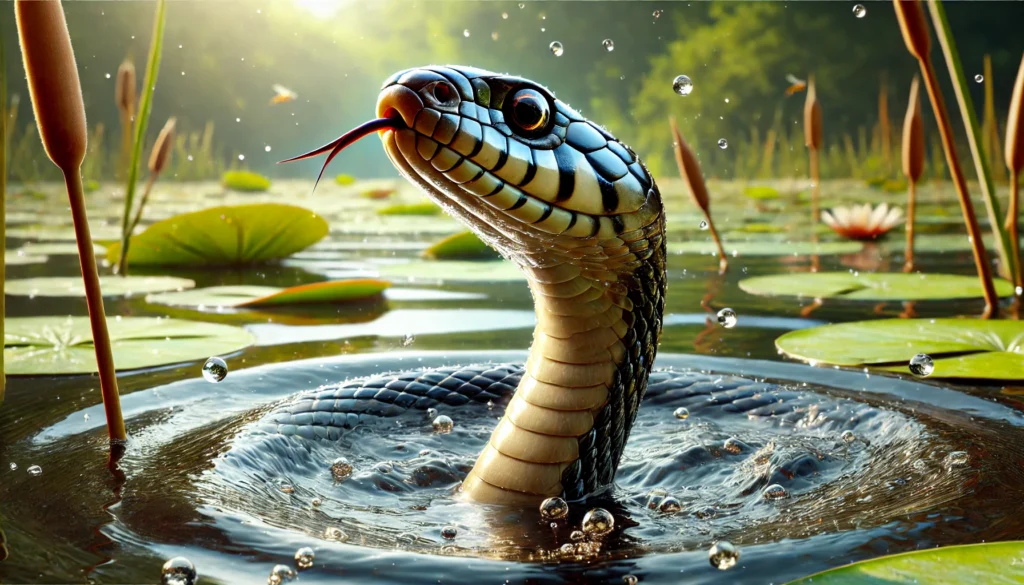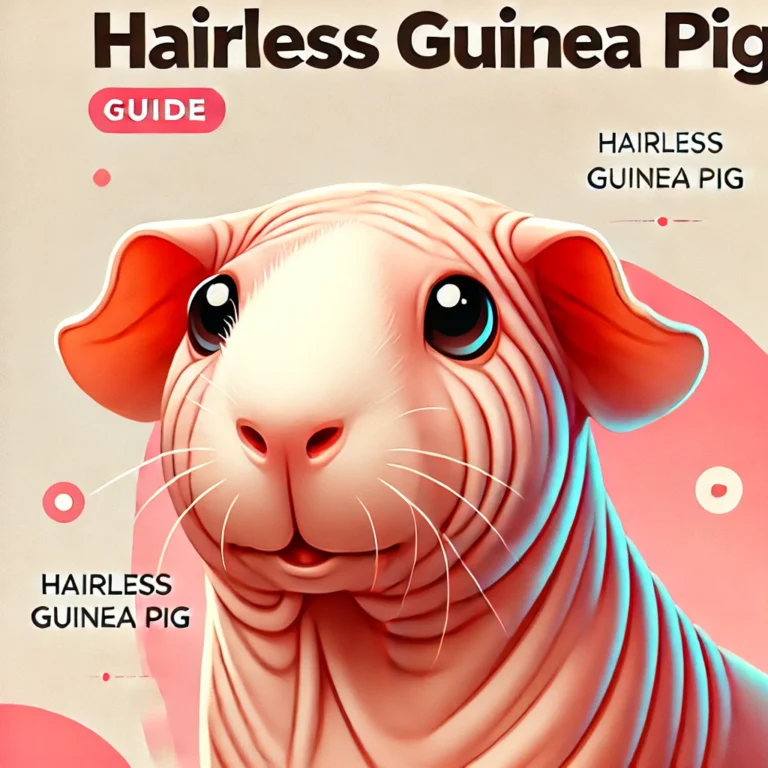What Do Snakes Eat?

Understanding What Snakes Eat
Snakes are known for their carnivorous nature, consuming a wide variety of prey based on their species, size, and environment. Here’s an exploration of the diversity in the diets of snakes and their eating behaviors.
Types of Prey in a Snake’s Diet
- Rodents and Mammals: Commonly, snakes like pythons and boa constrictors eat mice, rats, and occasionally larger animals like rabbits, showcasing their ability to handle different sizes of prey. This category also answers the question, “What do pet snakes eat?” as many pet snake owners feed their snakes a diet of rodents.
- Birds: Many arboreal and some terrestrial snakes consume birds. The act of a snake eating a bird can be a dramatic sight, often captured in images or videos but is a natural part of the ecosystem dynamics.
- Fish and Aquatic Creatures: Water-dwelling snakes, such as certain species of garter snakes, consume fish and other small aquatic animals. Their ability to swim and capture slippery prey is a fascinating adaptation to their environments.
- Amphibians and Reptiles: Smaller snakes may eat frogs, while larger snakes can consume other reptiles, including other snakes. This predatory behavior highlights the adaptability and varied diet of snakes across different species.
- Insects and Invertebrates: Smaller or young snakes often prey on insects, which provide a high-protein diet necessary for their growth.
- Eggs: Some snakes specialize in eating eggs, which they swallow whole and then crack internally with specialized bones in their spine.

Feeding Habits and Techniques
- Constriction: Snakes like boas and pythons use constriction to subdue their prey. This method involves wrapping their bodies around the prey and tightening their grip to suffocate it.
- Venom: Many snakes, such as vipers and cobras, use venom to immobilize or kill their prey. This method allows them to consume their meal without a struggle, especially when the prey is larger or could potentially injure the snake.
- Swallowing Whole: All snakes swallow their food whole due to their jaw structure, which can stretch widely to accommodate large meals. This fascinating aspect is often a subject of intrigue and is depicted in various pictures and stories where snakes are seen eating unusually large prey.
About Snake Diets
- What do snakes eat in the wild: Snakes eat a variety of animals, including mammals, birds, reptiles, amphibians, fish, and insects, depending on their natural habitat and the availability of prey.
- How often do snakes eat: The frequency of feeding depends on the snake’s size, the prey size, and the temperature of their environment. Larger meals mean longer intervals between feedings.
- What do you feed a pet snake: Pet snakes are typically fed a diet of rodents, which can be bought frozen from pet stores to ensure safety for the snake from potential injuries from live prey.
- Can snakes eat human-sized prey: While incredibly rare and not typical behavior, there are historical accounts and native legends of very large snakes, like giant anacondas or reticulated pythons, consuming adult humans. However, these are exceptional cases.
- Do snakes eat every day: Unlike mammals, snakes do not need to eat daily. Some large snakes can go weeks or even months between meals depending on their metabolic rate and previous meal size.
Unusual Feeding and Dietary
do you know
Pomeranian Dog with their captivating fluff and vivacious personalities, are more than just pets; they’re companions that brighten their owners’ lives.
- Can snakes eat fruit or vegetables: Snakes do not eat plants, fruits, or vegetables as they are strict carnivores with digestive systems designed to process animal protein.
- Do snakes eat their own eggs or their young: Some snake species might cannibalize on their young or eggs, but this is generally rare and influenced by environmental stressors or a lack of food.
- Can snakes eat bread or other human foods: Snakes should not be fed bread or any processed human food as these can be harmful to their health.
- What are snakes’ natural predators: Snakes have numerous predators, including larger snakes, birds of prey, large carnivorous mammals, and humans.
This detailed exploration into the diet of snakes shows not only the diversity in what they consume but also highlights their adaptability and survival strategies in various environments. Whether it’s understanding the frequency of their meals or the specifics of what baby snakes eat compared to adults, the diet of snakes is complex and tailored to their ecological niche.
What foods do snakes eat?
Snakes eat a variety of foods including rodents, birds, eggs, fish, insects, and small mammals.
Do snakes have a favorite food?
Snakes tend to prefer live prey that is easy to overpower, such as rodents or birds, depending on the species.
How does a snake digest his food?
Snakes digest their food with strong stomach acids and enzymes, allowing them to break down flesh, bones, and feathers.
Do snakes have meat?
Yes, snakes have muscle tissue, which is essentially meat.
What can snakes not eat?
Snakes cannot eat plant-based foods or any inedible objects; they need live or recently killed prey that they can swallow whole.
Do snakes have sperm?
Yes, male snakes produce sperm which is used to fertilize the eggs of female snakes.
Can snakes get pregnant without a male?
Some species of snakes can reproduce through parthenogenesis, where the female produces offspring without male fertilization.


